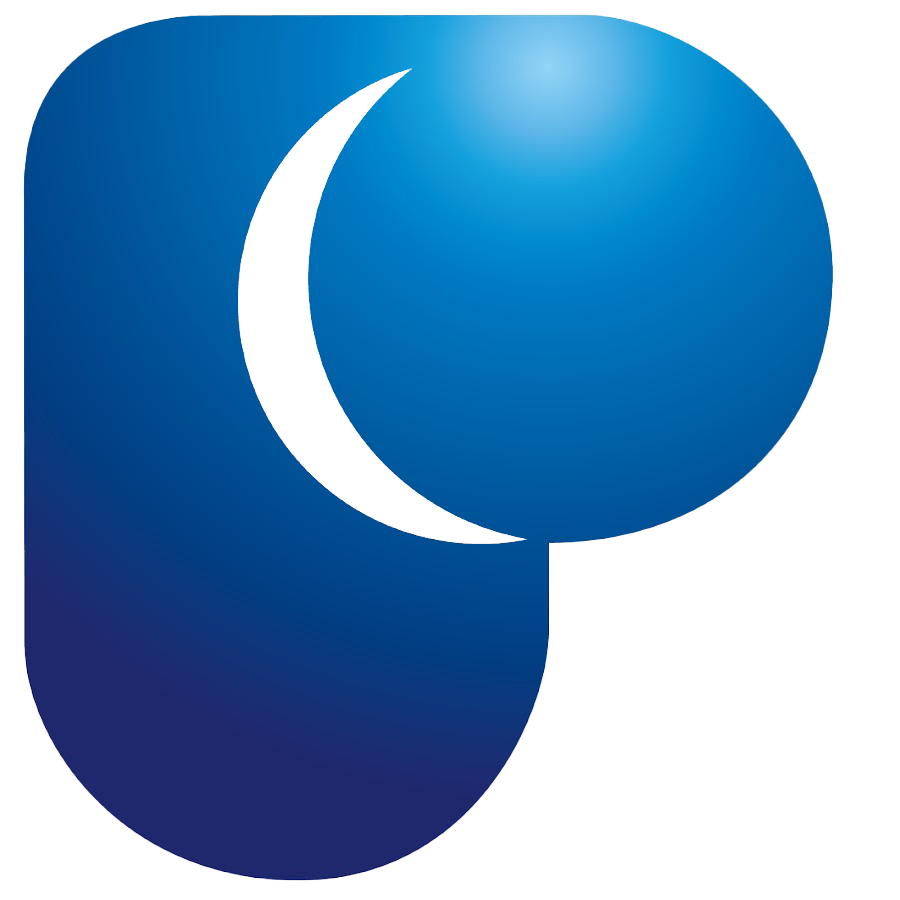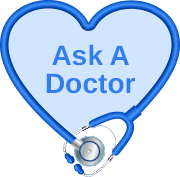Stroke: Treatment and Prevention
What is a stroke?
A stroke is a life-threatening medical emergency that occurs when the blood supply to part of the brain is interrupted or reduced, preventing brain tissue from getting the oxygen and nutrients it needs. When that happens, the brain cells in the affected part of the brain begin to die.
What is a transient ischaemic attack (TIA)?
Transient ischaemic attack (TIA) is also known as “mini-stroke.” A TIA is a temporary period of symptoms similar to those of a stroke. A TIA occurs when there is a brief interruption in the blood supply to part of the brain, spinal cord, or retina. Unlike a stroke, a TIA does not cause permanent damage because the blockage is temporary, usually lasting only a few minutes to a few hours.
A TIA is a serious warning sign that a person is at higher risk of having a full-blown stroke in the future. Seek medical attention immediately if you experience symptoms of a TIA, even if they resolve quickly. Early evaluation and treatment can help prevent a future stroke.
What are the types of strokes?
Ischaemic stroke
- Most strokes are ischaemic strokes.
- Occurs when a blood clot blocks or narrows an artery leading to the brain, reducing blood flow and oxygen supply to brain tissue.
Haemorrhagic stroke
- Occurs when an artery in the brain tears or ruptures causing bleeding in or around the brain.
- Can be caused by high blood pressure or aneurysms (balloon-like bulges in an artery that can expand and burst).
What are the symptoms of a stroke?
- Sudden numbness or weakness, particularly on one side of the body (not limited to the face).
- Sudden confusion, trouble speaking, or difficulty understanding speech.
- Sudden trouble seeing in one or both eyes.
- Sudden trouble walking, dizziness, loss of balance, or lack of coordination.
- Sudden severe headache with no known cause.
How to recognise a stroke?
To recognise the warning signs of stroke, follow the B.E.F.A.S.T rule:
B: Balance | - Is the person having a sudden loss of balance or having difficulty standing or walking?
|
E: Eyes | - Look for any vision change.
- Is the person having trouble seeing or experiencing double vision?
|
F: Face | - Does the face look asymmetrical?
- Ask the person to smile. Does one side of the face droop?
|
A: Arm | - Ask the person to raise his arms.
- Is there any sudden weakness or numbness in one or both arms?
|
S: Speech | - Is the person having difficulty speaking?
- Is the speech slurred or hard to understand?
|
T: Time | - Time is critical for stroke management.
- Look at the time so you can inform the doctor when symptoms started.
|
What are the risk factors?
- High blood pressure
- High cholesterol
- Heart disease
- Diabetes
- Obesity
- Excessive alcohol consumption
- Migraine headaches
- Smoking
- Physical inactivity
- Unhealthy diet
- Drug misuse
- Family history of stroke
- Older age
- Family history of stroke
- Previous stroke or TIA
- Stroke is more common in women than men
How is a stroke diagnosed?
Diagnosing a stroke involves a combination of a clinical evaluation, medical history, and diagnostic tests. Early and accurate diagnosis is crucial for effective treatment and improving outcomes.
Imaging tests
- A CT scan of the brain is often the first test performed to quickly distinguish between ischaemic and haemorrhagic stroke by showing areas of bleeding or damage.
- An MRI provides a more detailed image of the brain and can detect areas of brain tissue damaged by ischemia or bleeding. MRI may be used if the diagnosis remains unclear after a CT scan or if more detailed information is needed.
Blood tests
- Complete blood count (CBC) to check for conditions such as anaemia or infection.
- Blood clotting tests to assess how quickly blood clots form, which can indicate a risk of bleeding or clotting disorders.
- Blood sugar levels to rule out hypoglycaemia (low blood sugar) or hyperglycaemia (high blood sugar) as causes of symptoms.
- Cholesterol and lipid profile to check for high cholesterol levels that could contribute to atherosclerosis.
Cardiac tests
- Electrocardiogram (ECG) to detect heart rhythm problems, such as atrial fibrillation, which can increase the risk of stroke.
How is a stroke treated?
Ischaemic stroke treatment
- Intravenous thrombolysis: Administration of tissue plasminogen activator (tPA) within 4.5 hours of symptom onset can dissolve blood clots and restore blood flow. The sooner tPA is given, the better the outcome.
- Mechanical thrombectomy: A procedure to physically remove the clot from the blocked artery. This can be beneficial up to 24 hours from the start of symptoms in certain cases.
- Antiplatelet agents: Aspirin or clopidogrel to prevent new clots from forming.
- Anticoagulants: Due to the high risk of excessive bleeding, anticoagulants are rarely used in the treatment of acute ischemic stroke. Nevertheless, some doctors opt for full-dose anticoagulant therapy with heparin or low molecular weight heparin in specific cases of stroke.
- Surgical interventions may be required.
Haemorrhagic stroke treatment
- Blood pressure management: Medications to lower blood pressure and reduce the risk of further bleeding.
- Reversal of blood thinners: If the patient is on anticoagulant medications, treatments to reverse their effects may be necessary.
- Surgical interventions may be required.
What lifestyle changes to make after a stroke?
- A balanced diet helps control weight, blood pressure, and cholesterol levels.
- Avoid or limit the consumption of caffeinated beverages and foods that contain high salt, sodium, or saturated fats.
- Increase the intake of fruits, vegetables, whole grains and lean protein.
- Exercise regularly to help improve cardiovascular health, maintain a healthy weight, and reduce blood pressure.
- Quit smoking and limit alcohol consumption to reduce the risk for recurrent stroke.
- Manage stress.
Can life go back to normal after a stroke?
Life after a stroke can be challenging, but many people can return to a sense of normalcy with proper treatment, rehabilitation, and lifestyle adjustments. The extent to which life can return to “normal” depends on various factors, including the severity of the stroke, the areas of the brain affected, the individual's overall health, and the support they receive during recovery.
Make an appointment at Pantai Hospitals
If you or someone you know shows signs of a stroke, call for an ambulance immediately. Early intervention can make all the difference in stroke recovery. Remember, every second counts.
Get in touch with us to book an appointment today if you have concerns or questions regarding a stroke. A dedicated and expert team of neurologists at Pantai Hospitals is available for consultation to provide the best care and assistance. We assure you the best possible care tailored to your specific needs.
Pantai Hospitals have been accredited by the Malaysian Society for Quality in Health (MSQH) for its commitment to patient safety and service quality.


